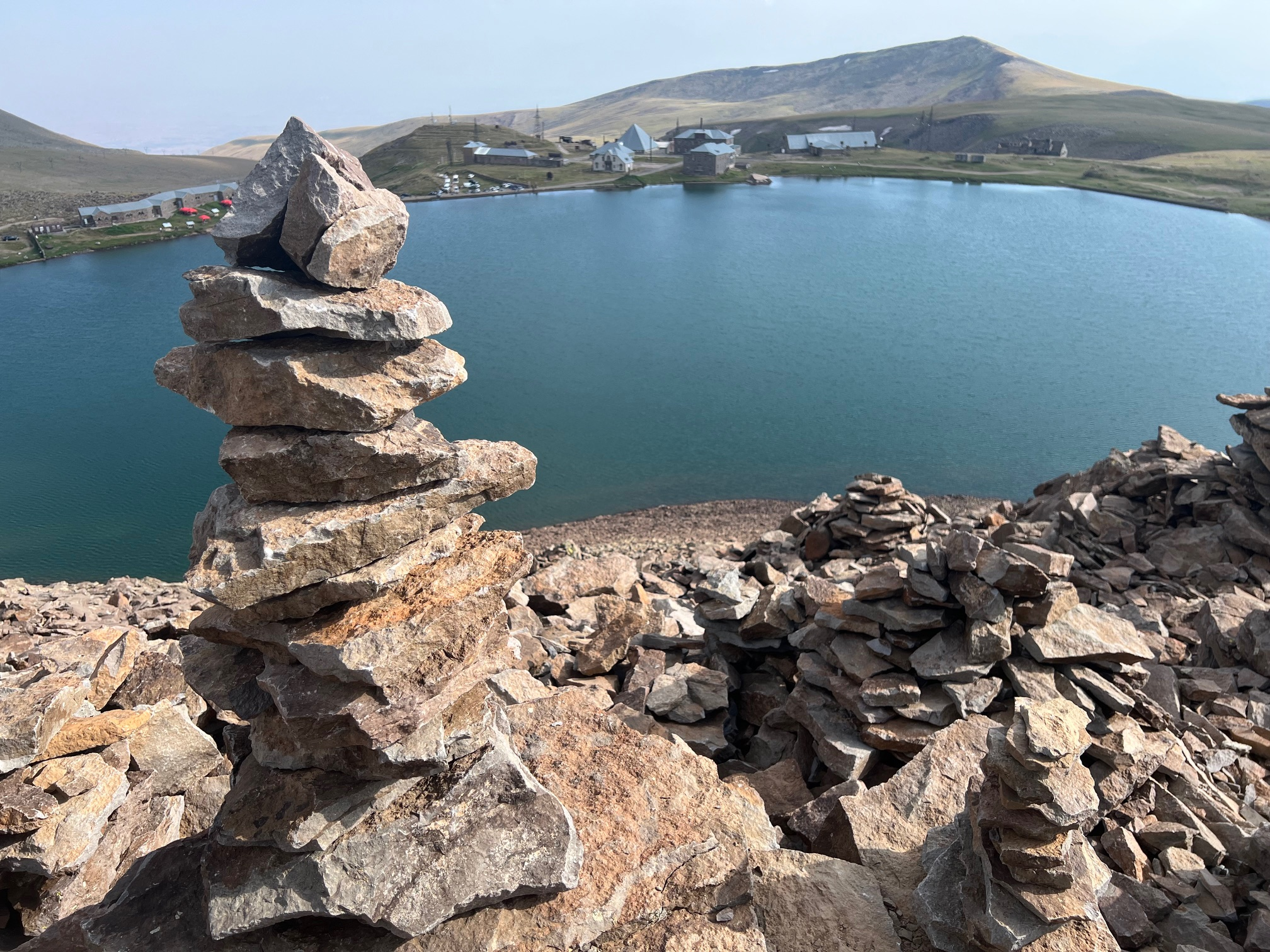Thunderstorms increased radiation at a mountaintop measuring site far in excess of background levels from cosmic rays. Observations included electrons moving close enough to the speed of light that relativistic effects need to be considered. Peaks in gamma rays and neutrons were also detected.
Since its foundation, the Space Environmental Center on top of Mount Aragats, Armenia, has recorded temporary surges in radiation – in one case reaching ten times background levels. Although the station was established to investigate charged particles from the Sun and other astronomical objects, it seemed unlikely these were from that source. Instead, the peaks coincided with thunderstorms at the site. Other mountaintop cosmic ray observatories have experienced even sharper peaks, reaching 100 times background levels, but not all of these had equipment capable of the full range of events observed at Aragats.
A particularly stormy year in 2023 saw 56 of these events, called Thunderstorm Ground Enhancements (TGEs), the most the station has recorded. This led researchers at the site to investigate in great detail, confirming their suspicions about the physics behind TGEs, as well as proving revealing about their strength and extent.
“TGEs are initiated when the electric field within thunderclouds surpasses a critical threshold, accelerating free atmospheric electrons,” the authors write. Cosmic rays come in the form of both charged particles, like electrons, accelerated to very high velocities by encounters with astronomical phenomena, and high energy photons like gamma rays. Naturally, the Mount Aragats site has instruments to detect both, as well as high speed neutrons, which can also represent a form of radiation from space. It found all three usually spiked together.
The authors explain that when the electric fields from storms accelerate electrons, and these can bump into others and create Relativistic Runaway Electron Avalanches. This has led to electron detectors picking up 38 particles per square centimeter (237 per square inch) in one example.
This is not the end of the story, as the passage of these high energy electrons through the atmosphere can cause the release of photons known as bremsstrahlung gamma rays. These gamma rays are powerful enough to interact with atomic nuclei and stimulate the release of neutrons.

Image Credit: Aragats Space Environmental Center, Cosmic Ray Division, Yerevan Physics Institute.
According to the authors, TGEs are the consequence of layers within thunderclouds developing opposing charges, as well as clouds charged in the opposite direction to the Earth’s surface. The charge differences produce dipoles of electrons and positrons. These are the same conditions that generate lightning strikes, as the charge difference reaches the point where a spark can jump between. Lightning was found to terminate TGEs by evening out the charges.
TGEs are most common in late spring and summer nights, at least at Mount Aragats. The fields, as low as 50 meters (164 feet) above ground, reached strengths of 2,100 volts per centimeter for up to two minutes and accelerated electrons to the point some carried 60 million electron volts of kinetic energy.
The range of equipment at Aragats, and its wide distribution across the site, allowed the researchers to determine that during the largest TGEs the electric fields extend over several square kilometers, and reach high enough to affect a volume of multiple cubic kilometers. In summer storms the fields were consistent across the area covered by the research station, but in autumn readings from detectors a few hundred meters apart varied significantly.
The authors have created an open access database of the 2023 TGE observations, providing a resource for anyone keen to delve deeper into these events.
The study is published in the journal Physical Review D.
Source Link: How Thunderstorms Create Radioactivity